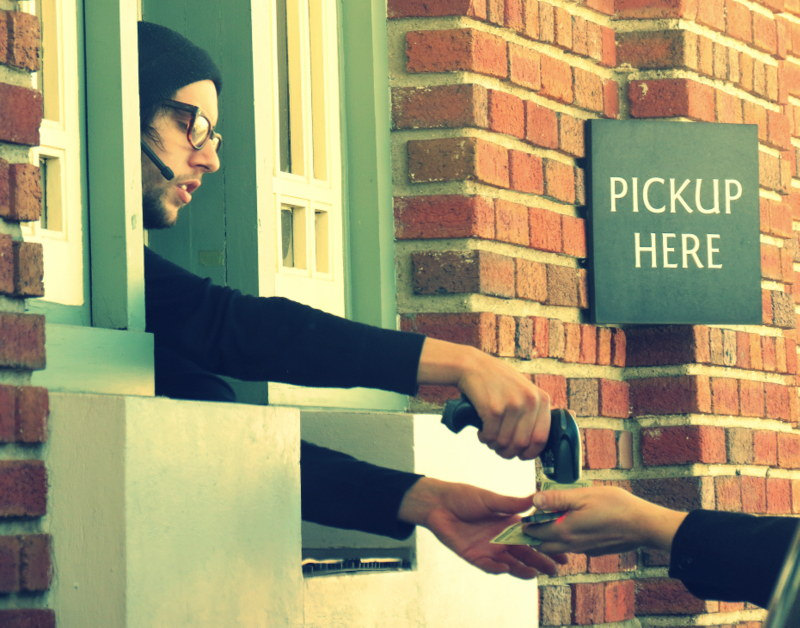 It wasn’t too long ago that the Internet of Things (IoT) was a new term, and retailers were formulating nascent ideas and predictions on how this new technology might be implemented to serve the industry at large. A recent Retail Systems Research (RSR) report officially puts those days behind us, as 72 percent of surveyed retailers reported to be currently executing IoT-related projects.
It wasn’t too long ago that the Internet of Things (IoT) was a new term, and retailers were formulating nascent ideas and predictions on how this new technology might be implemented to serve the industry at large. A recent Retail Systems Research (RSR) report officially puts those days behind us, as 72 percent of surveyed retailers reported to be currently executing IoT-related projects.
This makes a great deal of sense when you look at the “State of the Internet of Things” study from Accenture Interactive, which found that nearly two-thirds of consumers are planning on purchasing a connected home device by 2019, while ownership of wearable technology is expected to double year over year in 2016. The first organizations to successfully navigate this sphere and create a digital ecosystem that reshapes the customer experience will reap great benefits, while those who hesitate risk being left behind.
Radio Frequency Identification (RFID), for example, is currently being used by one Levi’s store located in San Francisco to revolutionize item-level tracking and inform powerful analytics. Every item on the floor is RFID tagged, while Intel devices send data to cloud-based analytics engines to be interpreted for insights. Using this system, merchants are able to track inventory status to a much more accurate degree, as well as purchase data, item popularity, and even shopper movement attributes such as customer hesitation time per product, and time from shelf to actual purchase.
The success at the Levi’s store helps corroborate the RFID Lab at Auburn University’s reports that the use of item-level RFID raises inventory accuracy from an average of 63 percent to about 95 percent. These practices are reported to improve inventory labor productivity as well by 96 percent. While these features (as well as RFID’s interoperability) will help to make RFID a standard when product inventory is concerned, many other sensors and devices are currently completely transforming the customer experience in brick and mortar locations.
The brick and mortar store of the future is projected to offer customers unlimited possibility during their shopping experiences. Smart barcodes on clothing tags or other products, for example, will show product information or might point toward similar products on the retailer’s website, accessed via mobile. Customers can also use their mobiles in conjunction with other in-store sensors which will push digital coupons to first-time customers and VIP shoppers alike. Retailers that receive this information will be able to better predict their customer wants and needs, not to mention the benefits they will reap from analytics-powered, completely customized marketing initiatives.
The connected home will work in conjunction with local retailers as well, utilizing the IoT to deliver items based on smart insights as well as on inventory needs. Connected wearables that monitor health-activity can help to create shopping lists and grocery orders based on fitness and nutrition goals, while connected bathrooms and kitchens will replenish toiletries and pantry items as they run low. The ability to track products to the connected home will also better allow retailers to deliver targeted ads, possibly directly to IoT-ready televisions.
Strong organizational and technological capabilities will be key to implementing successful IoT retail initiatives, and enterprises that shirk either will fail. Your business culture must reflect a clear understanding of the strategies and processes surrounding your IoT-solutions, as well as a willingness to try new things and even fail at them in order to find solutions that work properly. Successful businesses are going to have to place much more emphasis on governance too, while infrastructure that supports agility in deployment of software applications will require an effective IT presence.
Of course, everybody’s IoT strategy is going to differ to a degree, especially at first. While the IoT-in-retail is no longer in its conception stages, it is still very young with much to prove. Nevertheless, companies that are brave enough to take the first steps will become the leaders of the pack, successfully disrupting the industry and enjoying the rewards that come with it, while others follow in their footsteps. Which will you be? A leader or a follower?
Photo Credit: Renee Rendler-Kaplan via Compfight cc
Shelly Kramer is a Principal Analyst and Founding Partner at Futurum Research. A serial entrepreneur with a technology centric focus, she has worked alongside some of the world’s largest brands to embrace disruption and spur innovation, understand and address the realities of the connected customer, and help navigate the process of digital transformation. She brings 20 years' experience as a brand strategist to her work at Futurum, and has deep experience helping global companies with marketing challenges, GTM strategies, messaging development, and driving strategy and digital transformation for B2B brands across multiple verticals. Shelly's coverage areas include Collaboration/CX/SaaS, platforms, ESG, and Cybersecurity, as well as topics and trends related to the Future of Work, the transformation of the workplace and how people and technology are driving that transformation. A transplanted New Yorker, she has learned to love life in the Midwest, and has firsthand experience that some of the most innovative minds and most successful companies in the world also happen to live in “flyover country.”

